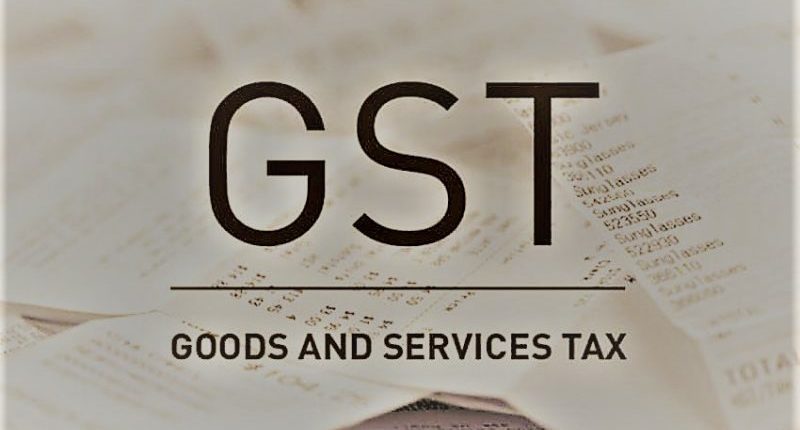The Central Board of Indirect Taxes and Customs (CBIC) released its first notification of the new year mandating e-invoicing applicability for businesses with a turnover exceeding Rs.20 crore. The new notification does not come as a surprise. For several months, taxpayers have had an idea that the threshold turnover would be reduced to accommodate more enterprises under the e-invoicing purview. However, the new notification comes almost a whole year after the previous increase in the limit.
When does the new threshold limit apply?
The e-invoicing system will apply from 1st April 2022 for taxpayers with an annual aggregate turnover exceeding Rs.20 crore in any preceding financial year from FY 2017-18. This means that all eligible businesses must begin reporting their invoices on the invoice registration portal, i.e. the IRP, from 1st April 2022.
It is to be noted that certain sectors have been exempted from e-invoicing, such as banking, NBFCs, insurance, Goods Transport Agencies (GTA), passenger transportation services, services by way of admission to films in multiplexes, SEZ units, and government departments and local authorities.
How does the e-invoicing system work, and what are the benefits?
Under the e-invoicing system, eligible taxpayers will continue to generate invoices on their accounting or ERP system. The JSON file of these invoices will then need to be uploaded on the IRP for validation. The IRP validates the invoices and generates an invoice reference number (IRN) and QR code. The IRP further digitally signs the invoice and returns this invoice, now known as an e-invoice or electronic invoice, to the taxpayer.
From the IRP, the data is sent to the GSTN (Goods and Services Tax Network) to auto-populate the GSTR-1 return and thereafter the buyer’s GSTR-2A/2B. It is also shared with the e-way bill portal in eligible cases, enabling easier generation of e-way bills. Some benefits of the e-invoicing system include the interoperability of data, semi-automation of the e-way bill and GST returns process, real-time tracking of invoices, easy availability of input tax credit, and lower tax evasion and fraud.
How can enterprises with over Rs 20 crore turnover prepare for e-invoicing?
With over a month to go, eligible enterprises need to gear up quickly to be e-invoicing ready before the deadline. The first step is registering your enterprise on the government’s e-invoice portal. Please note that a taxpayer registered on the GST portal will need to obtain a separate registration on the e-invoice portal. However, a taxpayer registered on the e-way bill portal can use the same login credentials to log in to the e-invoice portal.
The next step lies in choosing the best-suited mode of e-invoice generation for your enterprise. While the government provides a free Excel-based tool to businesses for generating e-invoices, it involves a time-consuming and manual process. The taxpayer will need to download the tool from the e-invoice portal, fill in the invoice details, generate the JSON, and upload the same. All of this cannot be done in real-time, and it could prevent customers from getting their e-invoices on time and getting visibility of their input tax credit in case of delays. The other disadvantage is that the process could be prone to errors since the same is carried out manually.
The alternate option to using an Excel-based tool is ERP integration. This is a highly popular option amongst enterprises for quick and error-free e-invoice generation. ERP integration involves the process of integrating a taxpayer’s ERP system with the e-invoice portal. This enables automatic data flows between the ERP and IRP, resulting in quick e-invoice generation. Further, ERP integration through a good service provider enables data validations every step of the way to ensure error-free e-invoices.
What are the types of ERP integration for e-invoicing?
The two types of ERP integration available for e-invoicing are API-based and SFTP-based.
API-based (Application Programming Interface) integration is an approach that allows direct connectivity between an enterprise’s ERP and the e-invoice portal through a GST Suvidha Provider (GSP). The data gets picked up from your ERP and directly pushed to the e-invoice portal in real-time. The resulting output gets updated back into the ERP.
In an SFTP-based integration, data is pushed from the ERP in batches into a folder in the SFTP server. Next, the GSP picks up the data to be processed further. Once generated by the IRP, the results will be stored back into the SFTP folder and can be accessed by the taxpayer. This process does not happen in real-time but at scheduled intervals.
What are the benefits of ERP integration for e-invoicing?
- Automated data ingestion: ERP integration allows automated data flows from the ERP to the IRP via the GSP. It also supports bulk IRN generation in real-time or on a scheduled basis. Data automation leads to business efficiency, eliminating manual errors, and reduced compliance risk.
- Automated data validation: The invoice data fetched by the GSP for IRN generation is validated real-time before it is passed onto the IRP. As e-invoices cannot be amended partially, integration helps reduce inaccuracies in the e-invoices and prevents cancellations.
- Automated data segregation: Data segregation helps an enterprise manage multiple PANs, GSTINs, and branches within the same workspace. Another scenario requiring data segregation is sorting and assigning documents. For example, documents requiring only e-invoices, those requiring both e-way bills and e-invoices or B2B and B2C documents.
- Benefits of a fully integrated suite: Integration enables enterprises to sync their e-invoicing, e-way bill, and GST return filing process, especially through compliance providers that offer all three. This way, they get the benefit of a fully integrated suite that, in time, runs on auto-pilot mode with direct data flows between all three systems.
- Custom access levels: With integration, the end-users do not have to deviate from the current system, as user access controls need not be duplicated. The access to generate, or cancel an IRN, for instance, can be provided using the same access control list.
- Business Continuity: Business continuity gets enhanced as, in most cases, the enterprise would need to generate an e-invoice instantly, which is a task not possible when you need to generate e-invoices without integration manually.
Which mode of integration is better?
If your business is confused between choosing an API-based integration or SFTP-based one, then this might help you:
In an API-based integration, the generation of e-invoices takes place in real-time, and cancellations can be directly made on the ERP. Post integration, there will be almost zero manual effort involved in generating e-invoices, and the chance of errors will be nil due to this. On the flip side, API-based integration involves relatively higher one-time costs and efforts to be made. It also requires deep changes as it involves the overall integration of system components.
In an SFTP-based integration, the generation of an e-invoice takes place in batches. The frequency of generation can be set up as required. There will be some level of ERP configuration required, but nothing too deep. The disadvantages here are that the cancellation of e-invoices cannot be directly done on the ERP under this mode, and there could be a slight chance of errors as there is some human intervention involved.
Enterprises eligible for e-invoicing from 1st April 2022 will need to do a Business Impact Analysis (BIA) at the earliest to understand what type of ERP integration to adopt for your business. Then, choose an efficient and trusted GSP who can fulfil your e-invoicing requirements.
For any clarifications/feedback on the topic, don’t hesitate to contact the writer at athena.rebello@cleartax.in.

I’m a Chartered Accountant by profession and a writer by passion. ClearTax lets me be both. I love travel, hot tubs, and coffee. I believe that life is short, so I always eat dessert first. Wait.. life is also too short to be reading bios… Go read my articles!





